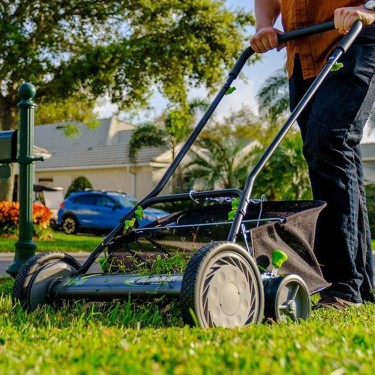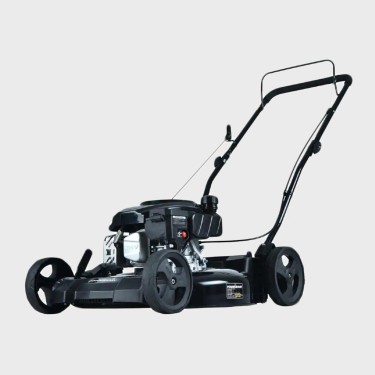Finding an accessible mower for those with limitations can be surprisingly difficult. We cover a range of options and factors to consider.
Every editorial product is independently selected, though we may be compensated or receive an affiliate commission if you buy something through our links. Ratings and prices are accurate and items are in stock as of time of publication.
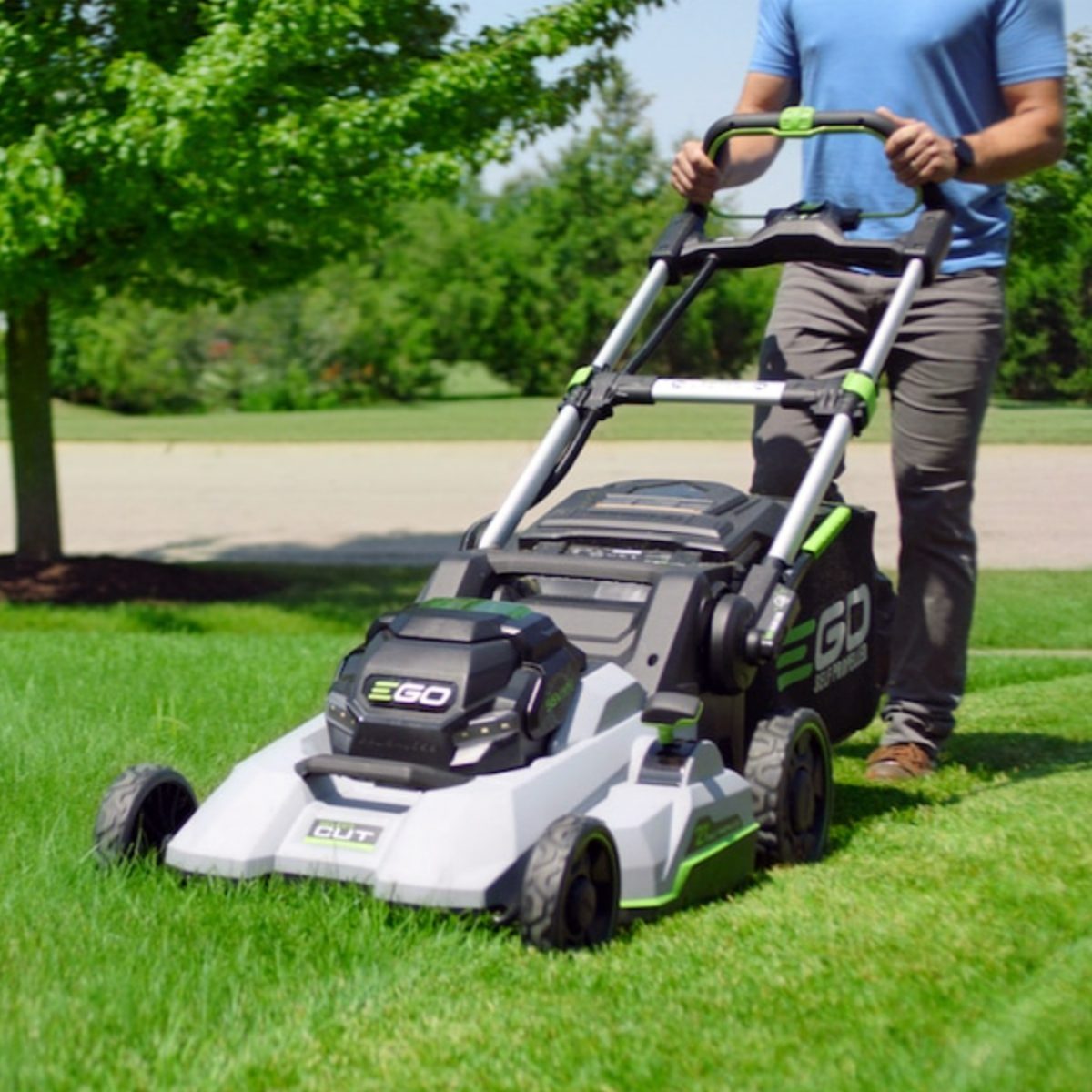
Buying an Accessible Lawn Mower
For many DIYers, the experience of mowing the lawn is enjoyable, the epitome of spending time tending to their lawn and helping it thrive. Unfortunately, that enjoyment can seem out of reach for those with disabilities or mobility issues.
Luckily, there are a number of solutions for different types of accessibility limitations, and mowers ranging from expensive zero-turn riders to simple push models can be modified to accommodate almost any need.
Before we go further, we want to acknowledge that there are many types of disabilities, and the experience of every person struggling with limitations is unique. We haven’t compiled a universally comprehensive list, but we have highlighted a few options that might generate discussion and help you find the perfect fit for your needs.
We’ve included both modified mowers and mowers designed with accessibility in mind. Whether you have severe mobility issues or plan on continuing yard care while aging in place, we hope this list is helpful. We’ve also included links to other resources, where appropriate.
Here are some factors to consider when shopping for an accessible lawn mower:
- Manufacturer support: Some manufacturers embrace accessibility and their customers with disabilities. We’ve tried to highlight products from companies with good records, but that can be difficult because a company may have excellent support for those with hearing loss, and nothing for those with mobility issues, or vice versa. Our best advice is, research the manufacturers on your own to see if they’re addressing your specific concerns.
- Community support: If you have a connection to other people with similar physical constraints, you may find that someone has already done homework on this topic. From YouTube videos to internet forums, there are communities sharing DIY solutions for almost any accessibility issue.
- Consider the whole picture: When selecting an accessible mower, it’s not simply a matter of finding controls that fit your capabilities. Think about what you’ll need in order to maintain and store the mower. What about getting fuel? Identifying the full range of tasks and challenges you’ll face will help you in your research.
- Payment assistance: Some mower accessories may be eligible for tax discounts or covered by insurance. For example, in Texas there is no sales or use tax when purchasing any “Adaptive device, such as equipment used to modify a farm tractor” with a doctor’s prescription. Whether you can apply such a tax break to your mower is a question for your health care or tax professional.
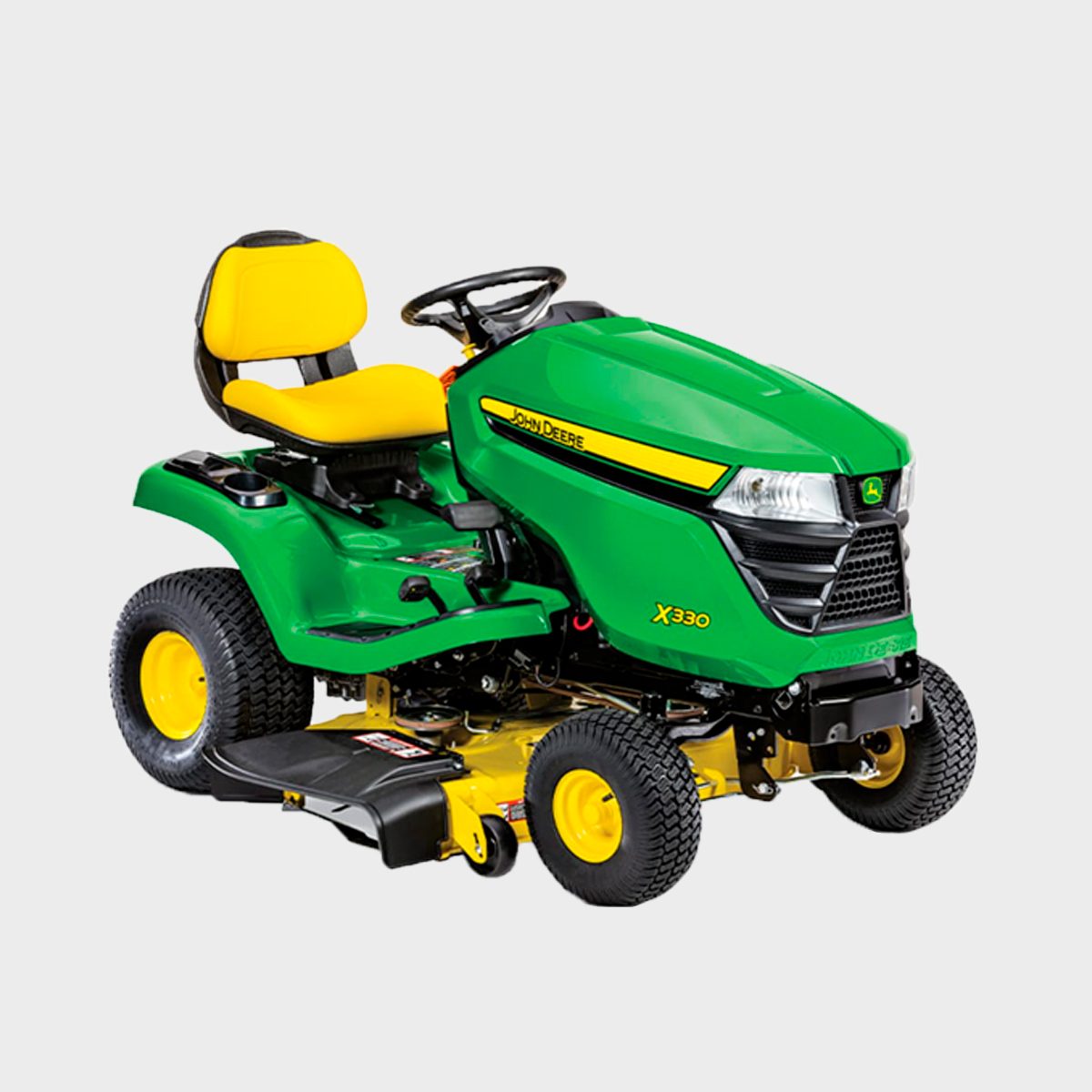
Riding Lawn Tractor With Limited Hand Interaction
If you suffer from limited hand movement or grip strength, steering can be difficult. The Twin Touch forward and reverse pedals on the John Deere X330 Lawn Tractor ($3,399) allow you to have more control with your feet. (Here’s a short video showing them in action.)
Combine that with a simple spinner knob add-on for the steering wheel, and you’ve got a reduced-hand-interaction riding mower.
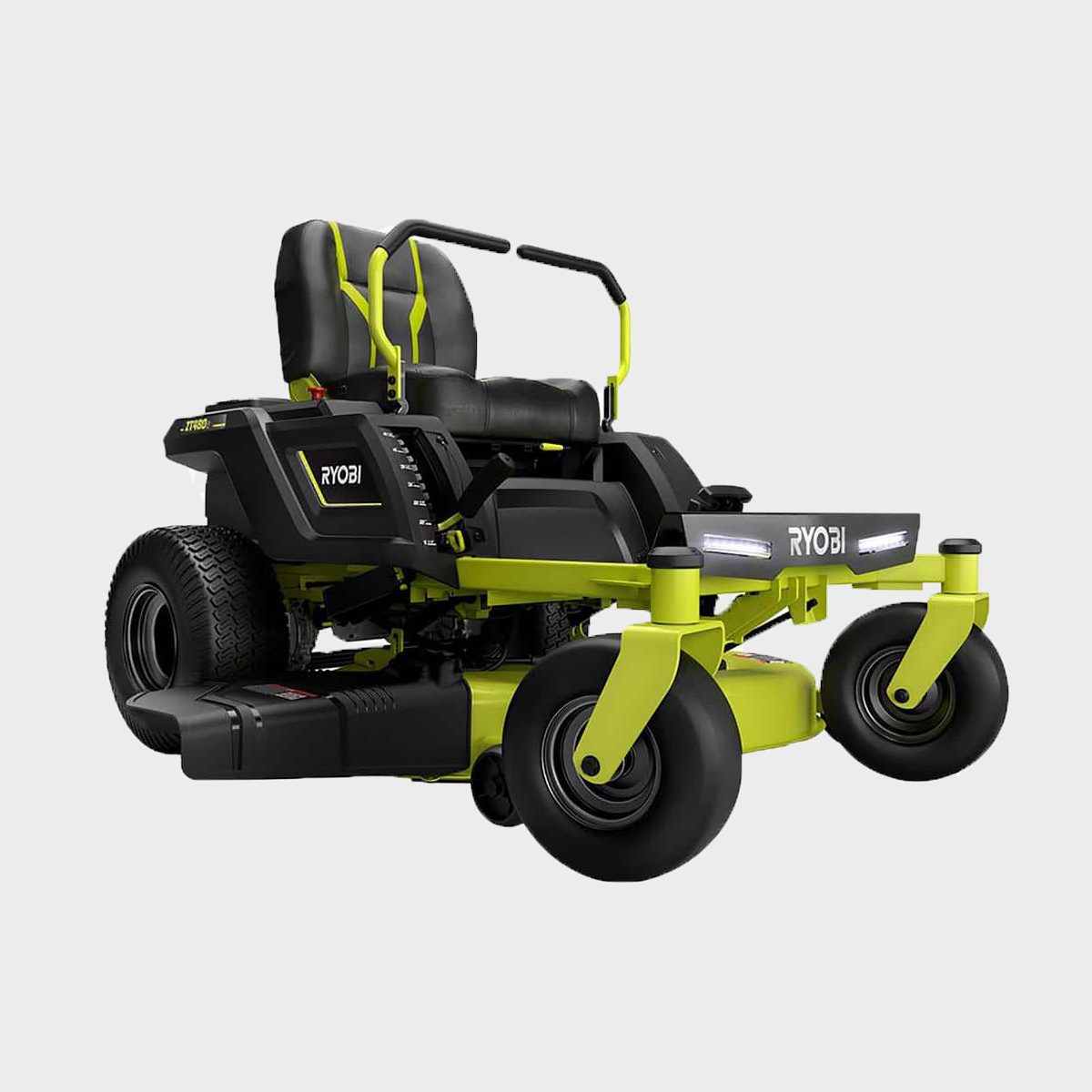
Riding Mower With no Foot Controls
A zero-turn radius (ZTR) mower is a popular choice for lower-limb amputees, quadriplegics or anyone who struggles with fine foot movements, because (ZTR) mowers are controlled with a pair of lap bars rather than a traditional steering wheel. While some do use foot pedals, many others are purely hand-operated. The Ryobi RY48ZTR75 Mower ($4,199) uses no foot controls, and because it’s an electric mower, there’s no gasoline refueling or oil changes. Simply plug it in to a standard 120-volt outlet when it’s ready to recharge.
The unique design of ZTR mower lap bars is popular with some people who have hand or arm-related disabilities. Jason Koger is a bi-lateral arm amputee, who controls his ZTR mower with body-powered prosthetic limbs.
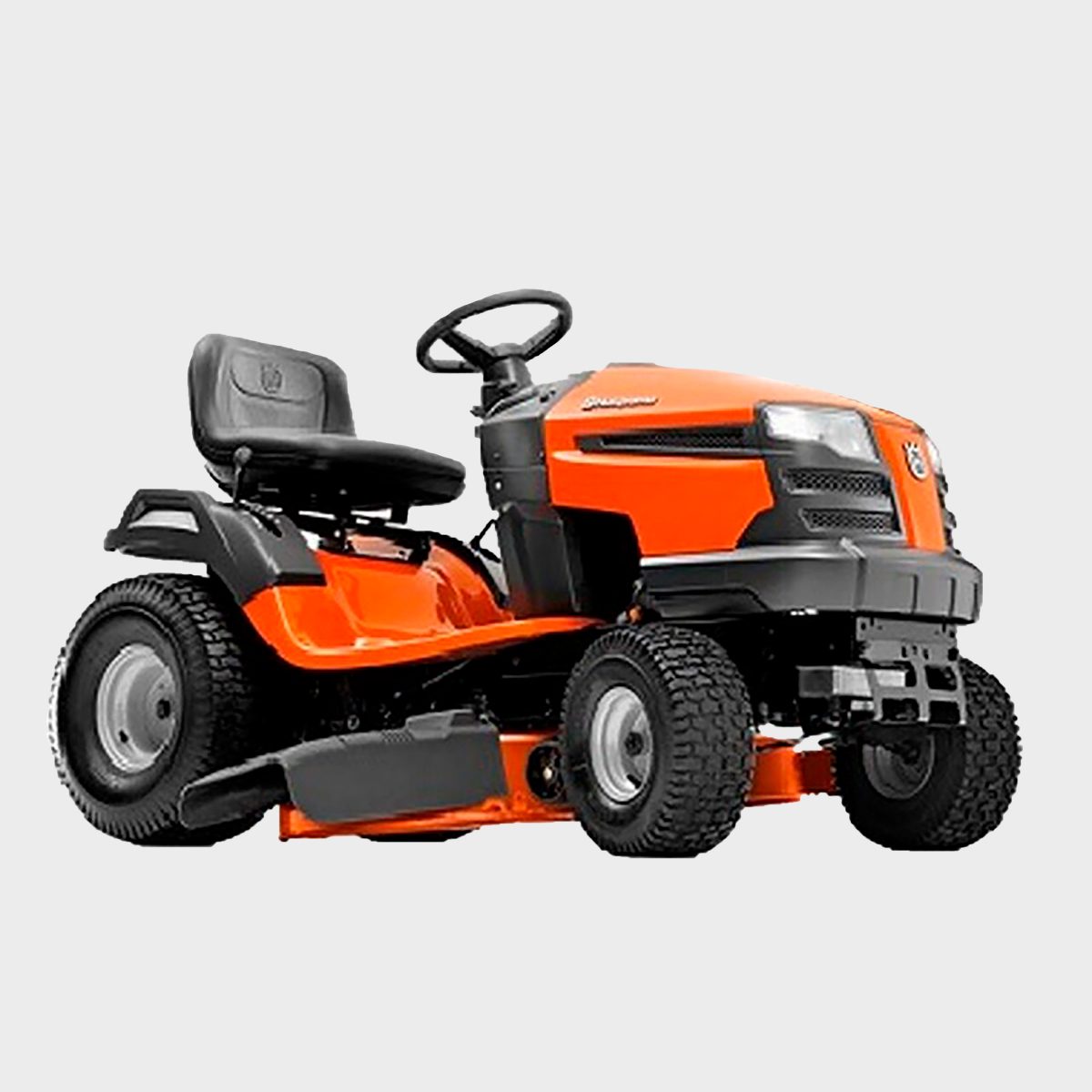
Riding Mower With Hydrostatic Transmission
A riding mower with a lever-operated hydrostatic transmission, like the Husqvarna LTH1738 Lawn Tractor ($1,308), allows operators to control speed and direction with a hand-controlled level on the mower’s side. This eliminates the need to depress a clutch pedal when shifting gears.
The LTH1738 is similar to the Craftsman mower used by Rob Pollock in this New Mobility profile. The article describes the only major modification Rob made to his mower: Replacing the seat with a used power chair seat with a higher back and armrests. (It also looks like he added a spinner knob to the steering wheel.)
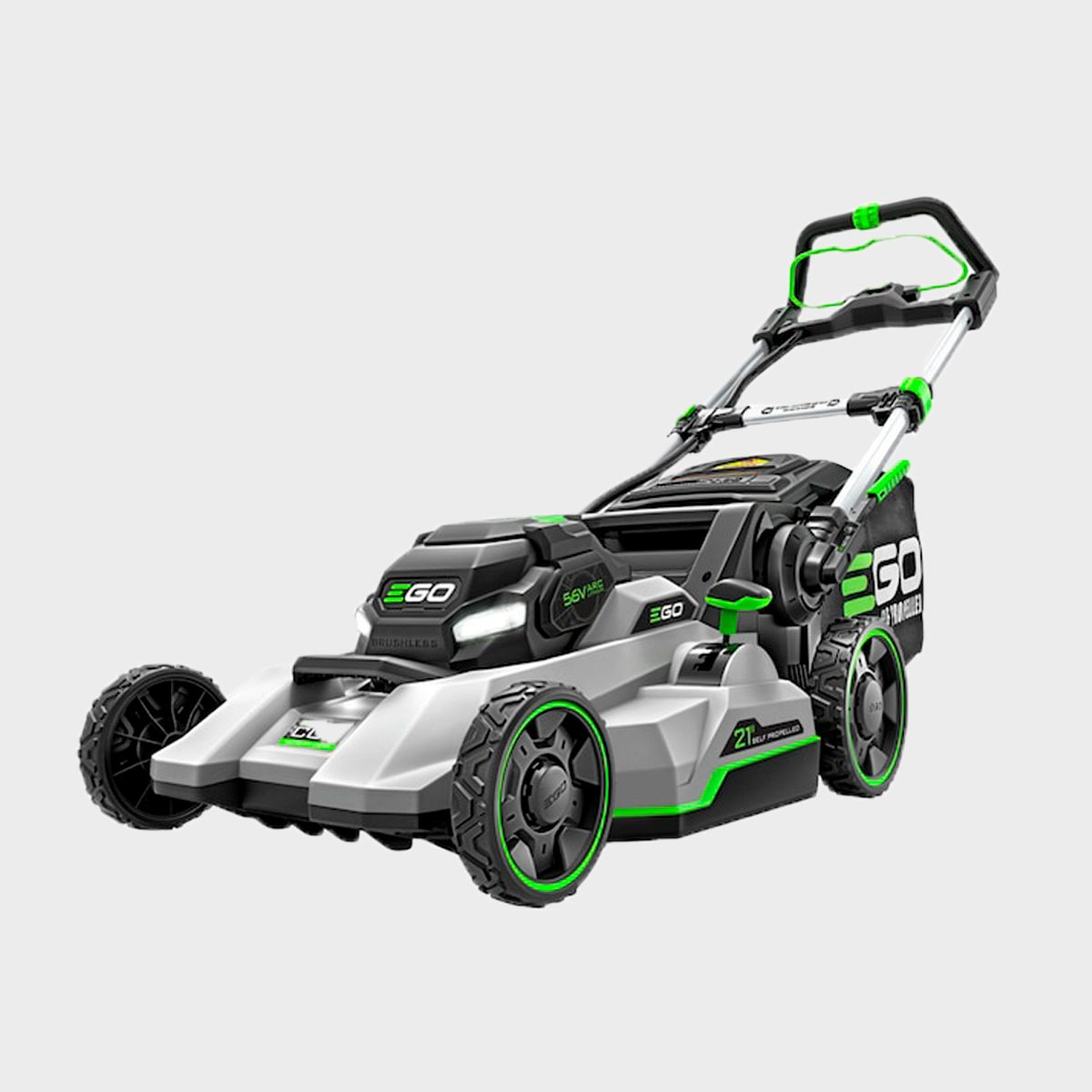
Self-Propelled Cordless Electric Mower
Angela Tague suffers from rheumatoid arthritis and chronic fatigue, and she loves her EGO Power+ with TouchDrive self-propelled push mower. On her blog (Cupcakes and Yoga Pants) she’s written that she likes the lighter weight of the electric mower. The variable-speed, self-propelled drive system allows her to ramp down her speed if the mower feels like it’s getting away from her.
While the exact model she writes about isn’t available, the EGO Power+ LM2135SP ($699) has exactly the kind of dynamic speed control that allows it to adapt to your pace.
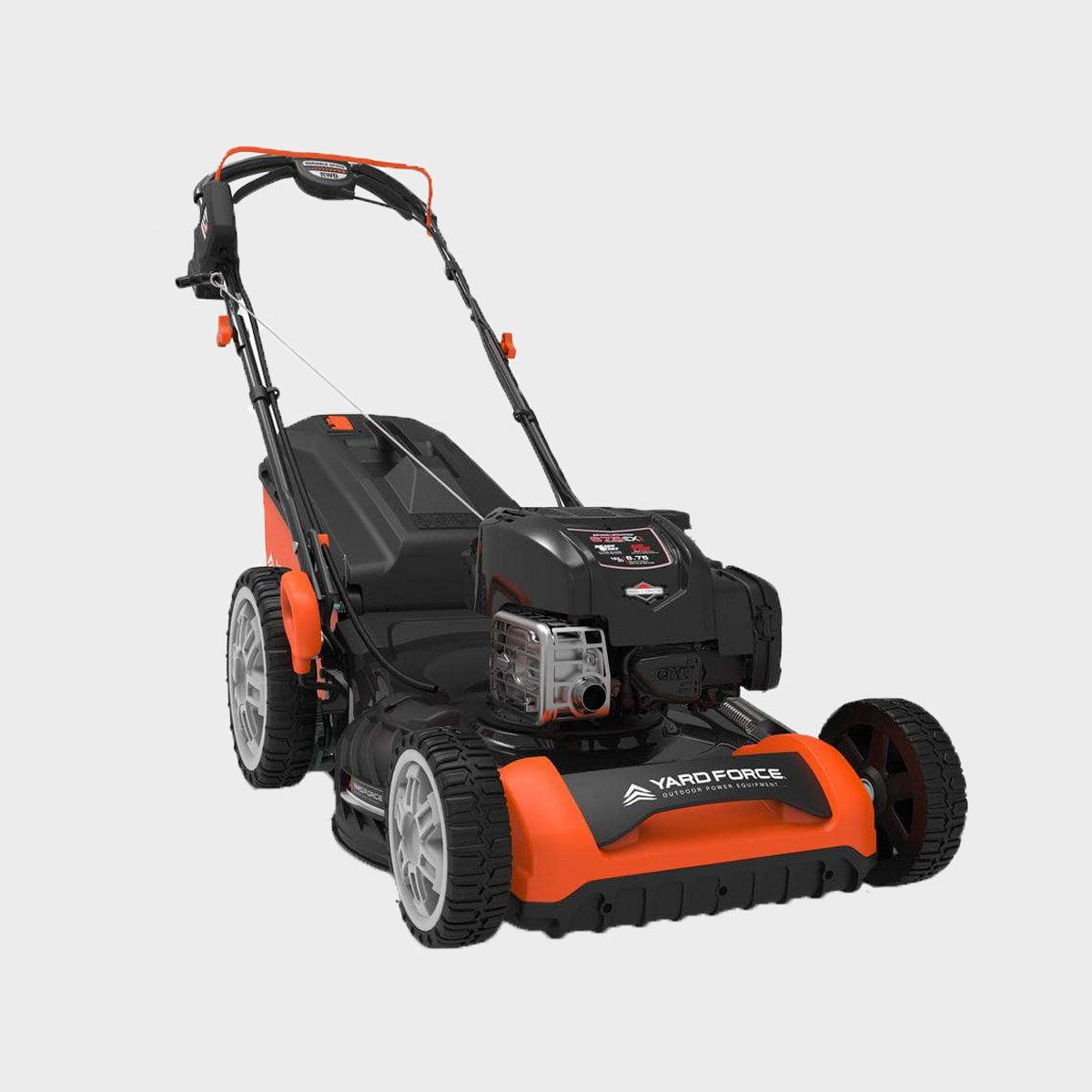
Self-Propelled Gas Mower With Push-Button Start
Another self-propelled mower with accessibility-friendly features is the Yard Force YF22ESSPV Self-Propelled Lawn Mower ($449). This is a gas-powered mower that eliminates one of the most physically taxing aspects of gas mowers: the starter cord.
The Yard Force uses a rechargeable 20-volt battery to power the starter. It also has a self-propelled drive with adjustable speed. Unlike the EGO, it uses a lever control rather than automatically adjusting to match your walking speed.
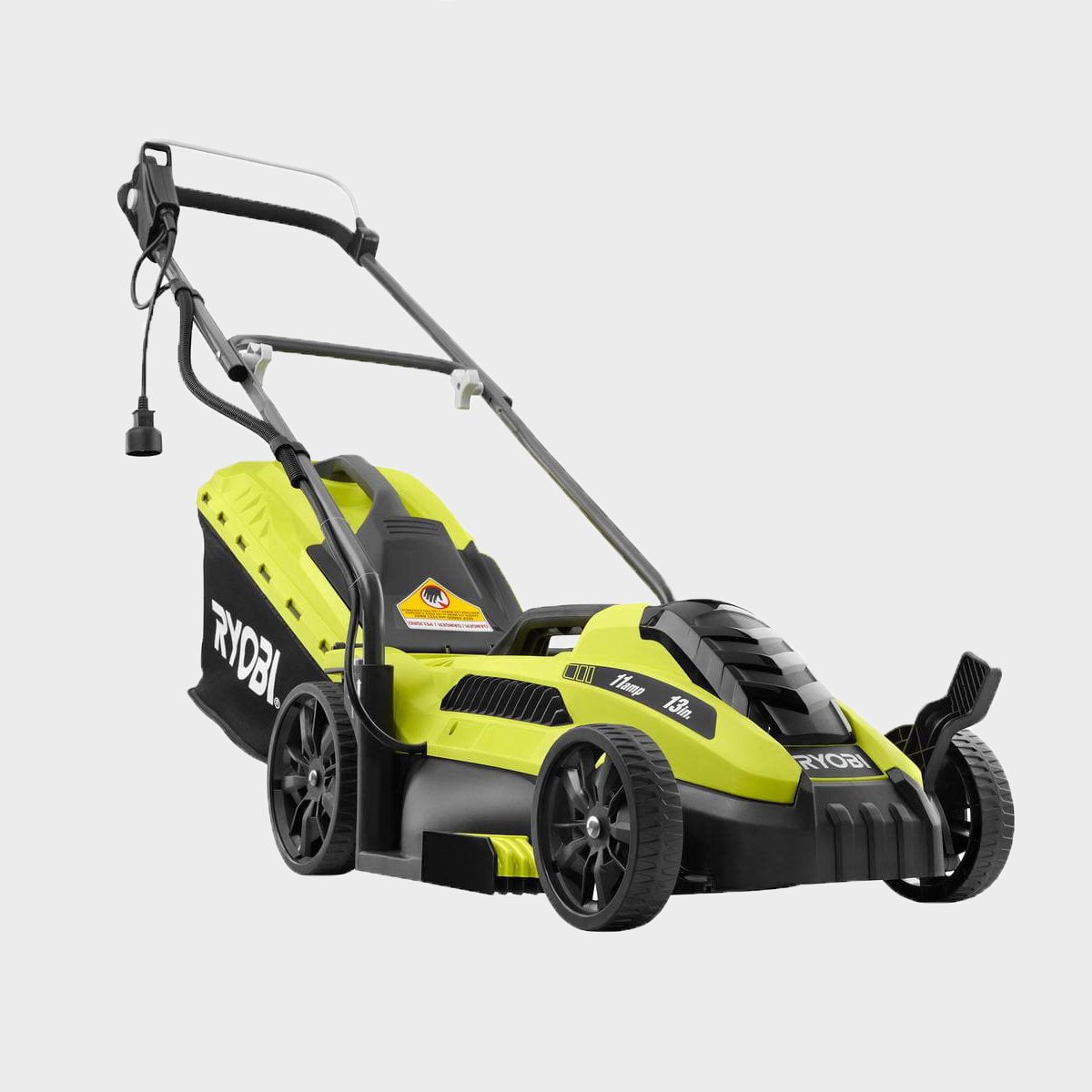
Lightweight Corded Electric Push Mower
Corded electric mowers, like the Ryobi RYAC130-S Corded Electric Mower ($119), don’t have a self-propelled option, but they do have push button starts and are lightweight, requiring minimal force to mow the lawn or return it to storage. In fact, this Ryobi model weighs only 23 pounds. That’s less than half the weight of other, larger corded mowers, and around 25 percent lighter than many other similarly-sized mowers we looked at.
This 13-inch mower runs on an extension cord plugged into a standard 120-volt outlet. It can mulch or collect clippings with the included bag. However, it lacks side discharge, so if you tackle long grass you may struggle with clogs.
There are other lightweight corded mowers on the market. For example, the Sun Joe MJ400E ($98) weighs 22 pounds, but it doesn’t have a mulch option. And the bagging attachment requires more bending, lifting and hand strength.
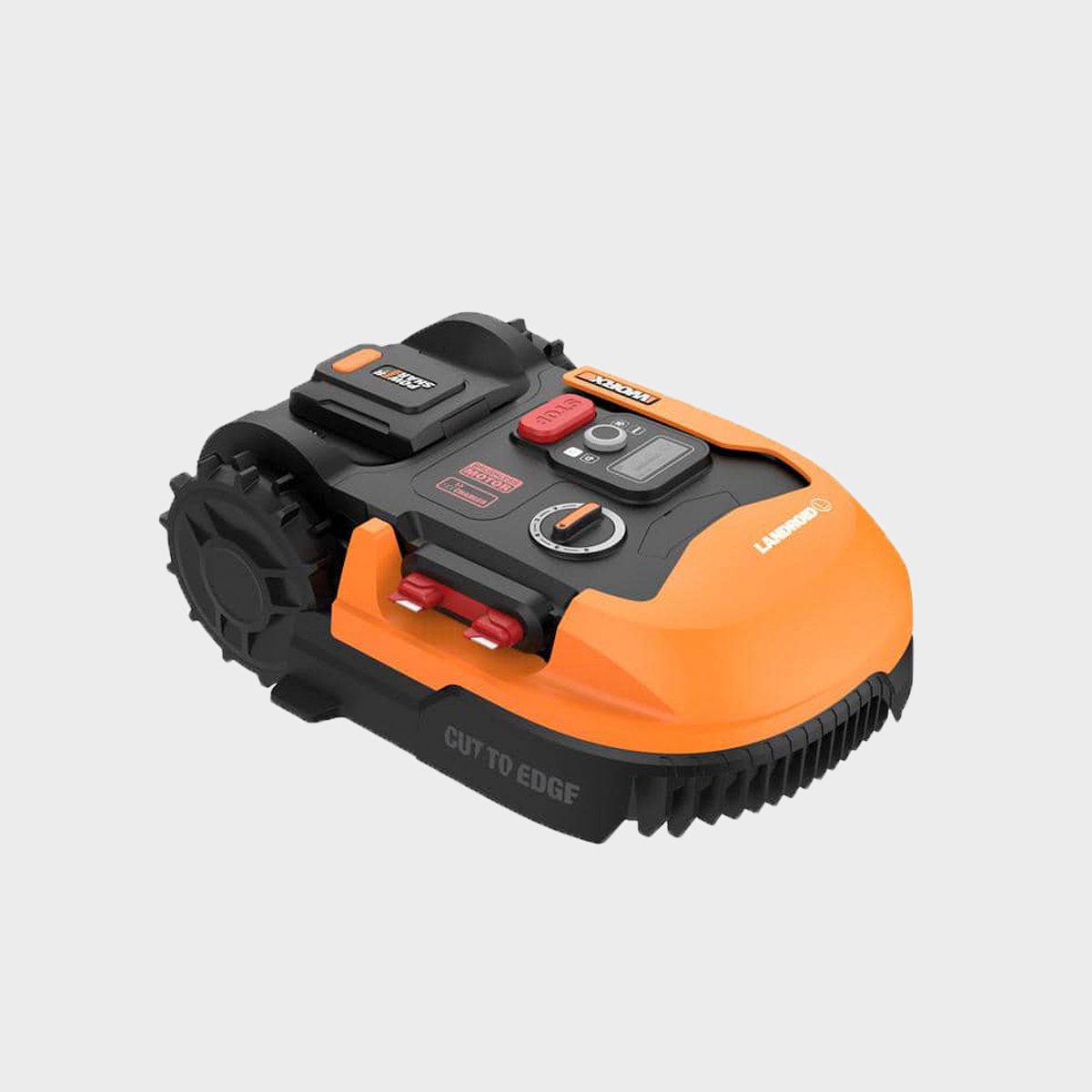
Robotic Lawn Mower
Another viable option is to let technology do the work. The WORX WR165 Robot Lawn Mower ($934) is intended for small yards (one-eighth acre or less), but it can be a great way for a disabled DIYer to still have a hand in lawn care.
The trick to selecting a robot mower is finding one that accommodates your physical needs, as well as your yard’s landscape. For example, a mower with a wide base will be heavy, making it harder to lift and clean out grass clippings, or to tip back onto its wheels if it gets stuck. The modest 7-in cutting base on the WR165 helps keep it light (21 pounds), while also navigating narrow spaces. This mower is significantly more affordable than other robotic mowers, which may run into the thousands of dollars.
The WR165 can be controlled by the Landroid app over a Bluetooth or WiFi connection, making it a good choice for those who want to be involved in lawn maintenance but may not always be able to physically push or ride on a mower.

